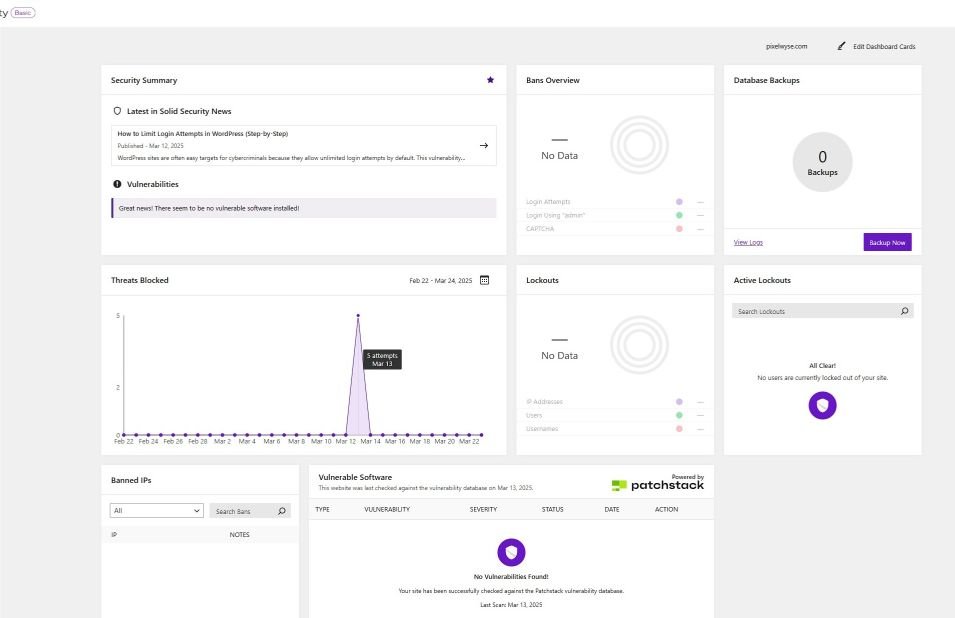Introduction: The Three Pillars of Sustainable Websites
In today’s digital-first economy, your website is the primary connection between your brand and your audience.
But building it is only the first step.
For long-term success, three qualities are essential:
- Maintainability — ease of updates and modifications
- Scalability — ability to handle growth without performance loss
- Accessibility — usability for all, regardless of ability
Together, these pillars ensure your website stays relevant, high-performing, and inclusive over its entire lifecycle.
1. Maintainability — The Foundation of Sustainable Web Development
Maintainability is the ability to update, modify, and manage your website efficiently.
It saves time, reduces costs, and keeps your site running smoothly.
Why Maintainability Matters
- Cost-Effective Operations — fewer resources needed for updates and fixes
- Faster Updates — clean, documented code means quicker improvements
- Reduced Technical Debt — prevents outdated, hard-to-manage code
- Improved Security — easier to apply timely patches
Best Practices
- Modular Design — use reusable components
- Comprehensive Documentation — record code, architecture, and processes
- Version Control — use Git for change tracking and collaboration
- Automated Testing — detect issues early when changes are made
2. Scalability — Preparing for Growth
Scalability ensures your site can grow—more visitors, more content, more features—without losing speed or stability.
Why Scalability Matters
- Supports Business Growth — handles more traffic without a rebuild
- Consistent Performance — reliable speed at all times
- Competitive Edge — quickly add features to match market trends
- Cost Control — pay only for resources you need
Best Practices
- Cloud Infrastructure — easily adjust resources as demand changes
- CDNs — faster content delivery and reduced server strain
- Database Optimization — efficient structures and caching
- Microservices Architecture — scale parts of your site independently
3. Accessibility — Inclusive Digital Experiences
Accessibility makes your site usable for everyone, including people with disabilities.
It’s both a legal requirement in many regions and a driver of better UX for all users.
Why Accessibility Matters
- Broader Reach — tap into a global audience of over 1 billion people with disabilities
- Legal Compliance — avoid penalties and lawsuits
- SEO Boost — many accessibility improvements help search rankings
- Better UX for All — clear structure benefits every user
Best Practices
- WCAG Compliance — follow WCAG 2.1 or higher
- Keyboard Navigation — ensure full site use without a mouse
- Alt Text — describe images for screen readers
- Color Contrast — ensure readability for visually impaired users
- Accessible Forms — clear labels and helpful error messages
4. How They Work Together
Maintainability, scalability, and accessibility support each other:
- Maintainable code makes accessibility easier to integrate
- Scalable systems ensure accessibility features work under high load
- Accessibility often improves code structure, aiding maintainability
5. Measuring Success
Track progress in each area:
- Maintainability: code complexity, update time, documentation coverage
- Scalability: load test results, response times, resource usage
- Accessibility: WCAG audits, real-user testing, assistive tech compatibility
Conclusion: A Strategic Business Decision
Investing in these three pillars isn’t just good development practice — it’s smart business strategy.
By prioritizing maintainability, scalability, and accessibility from the start, you create a website that is:
- Easy to update
- Ready to grow
- Inclusive for all users
In today’s competitive online market, these qualities are not optional — they’re essential for long-term success, relevance, and trust.
